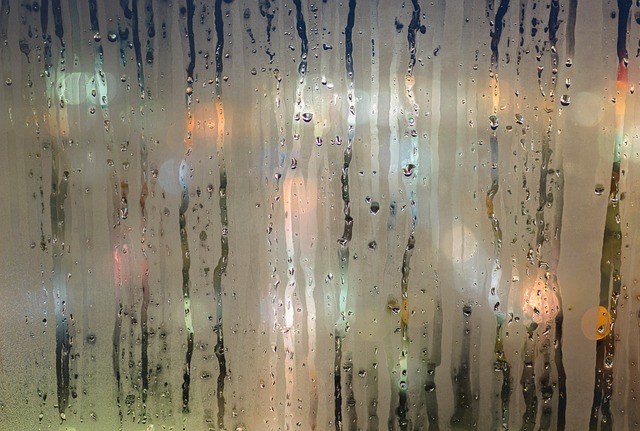Many of the defects home inspectors finds during a home inspection involve potential avenues for moisture intrusion into a home. But why is it so important? Unchecked moisture intrusion can lead to structural defects in a home over time, as well as health problems for the home’s family.
Some common moisture-related problems include:
- structural wood decay;
- high indoor humidity and resulting condensation;
- expansive soil, which may crack or undermine the home’s foundation, or softened soil, which may lose its ability to support an overlying structure;
- metal corrosion;
- ice dams, which form in roof gutters that are undersized or obstructed and water isn’t allowed to drain properly; and
- mold growth. Mold can only grow in the presence of high levels of moisture. People who suffer from the following conditions can be seriously or even fatally harmed if exposed to elevated levels of airborne mold spores:
- asthma;
- allergies;
- lung disease; and/or
- compromised immune systems.
Note that people who do not suffer from these ailments may still be harmed by elevated levels of airborne mold spores.
How does moisture get into the house?
Homeowners should have a basic understanding of how moisture may enter a home and where problems are commonly found.
Moisture or water vapor moves into a house in the following ways:
- air infiltration. Air movement accounts for more than 98% of all water vapor movement through a building’s cavities. Air naturally moves from high-pressure areas to lower ones by the easiest path possible, such as a hole or crack in the building envelope. Moisture transfer by air currents is very fast—in the range of several hundred cubic feet of air per minute. Replacement air will infiltrate through the building envelope unless unintended air paths are carefully and permanently sealed;
- by diffusion through building materials. Most building materials slow moisture diffusion to a large degree, although they never stop it completely;
- leaks from the roof, such as those caused by aging materials needing repair or replacement, storm damage, or deteriorated or unsealed areas around a chimney, skylight, or other roof penetration;
- plumbing leaks;
- flooding, which can be caused by seepage from runoff or rising groundwater. It may be seasonal or catastrophic; and
- household activities, including bathing, cooking, dishwashing, and washing clothes. Indoor plants, too, may be a significant source of high levels of indoor humidity. Excess humidity that isn’t allowed to dissipate through adequate ventilation can build up into condensation, which can lead to moisture problems indoors.
Monitoring indoor humidity, introducing fresh air, providing adequate ventilation, and performing regular, seasonal home maintenance—in addition to having annual home inspections—will help homeowners monitor the different areas of the home that may harbor unwanted moisture intrusion and all the problems it can introduce.
For more home-maintenance tips, please click here https://greydoginspections.com/blog/
To learn more about Grey Dog Home Inspections, LLC, please click here https://greydoginspections.com/


Recent Comments